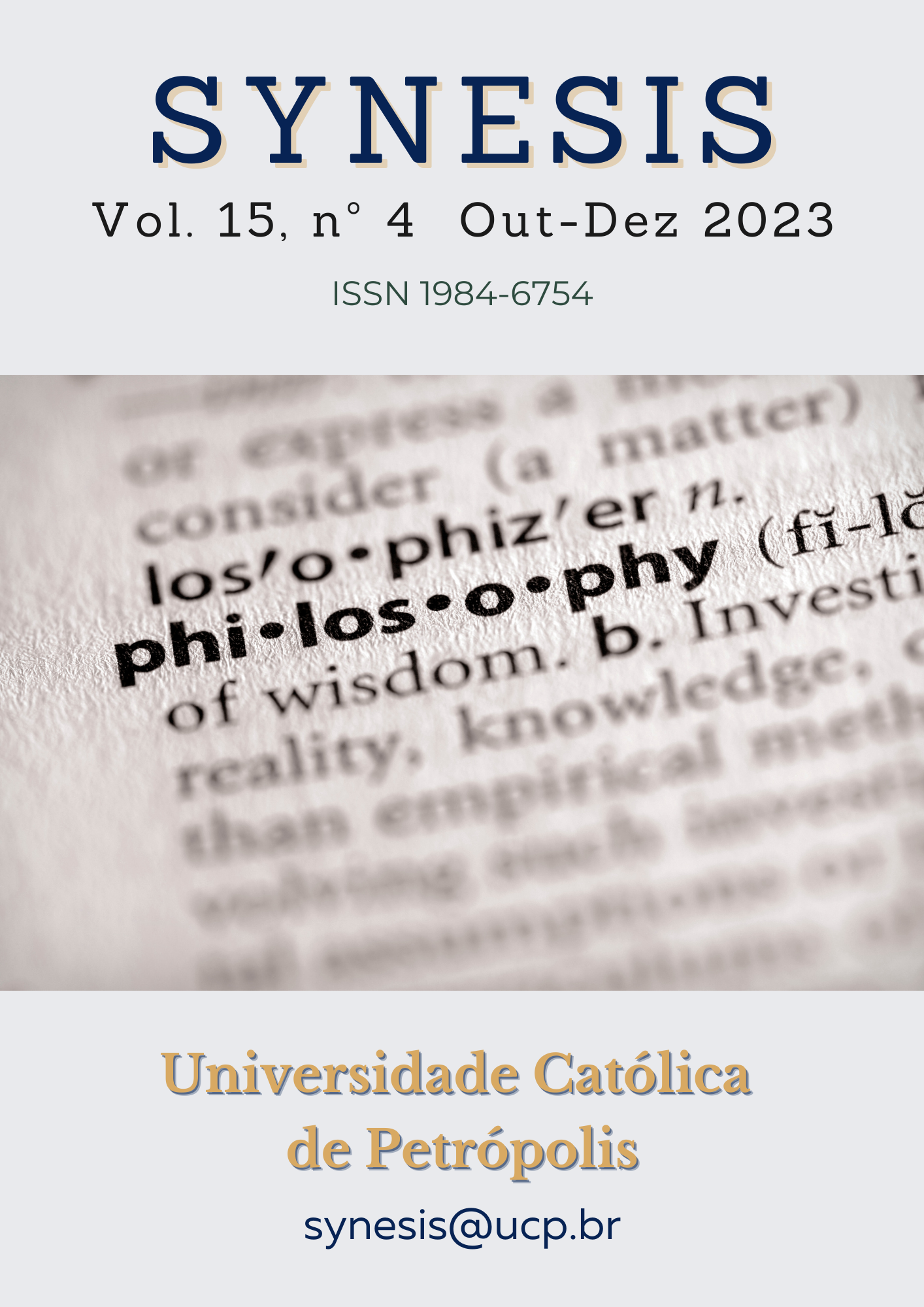Abstract
Sustainable society and education rely on the policy and strategies about accessibility. Making inclusion fosters quality of education and services for all in relation to the well-being in the digital context. Accessing facilities and information play a great role to acquire services for all. People with disabilities have rights to access information and all facilities. Games are key facilitator for socialization and learning for wellbeing. This research study aims to determine how accessible games can fulfil inclusiveness and well-being based on a systematic review of the literature for future directions after pandemic times. In this respect, bibliometric analysis was conducted to reach out the answers of; 1. What is the distribution of the publication and citations by years in Web of Science? 2. What is the distribution of the studies by language and countries in research of Web of Science? 3. What are the most-cited (citation and co-citation) journals publishing research, document types in Web of Science? 4. What are the most-cited keywords, fields in Web of Science? 5. What is the time trend in title and abstract about accessible games for well-being in Web of Science?
References
Ding, Y., Jacob, E. K., Zhang, Z., Foo, S., Yan, E., George, N. L., & Lijiang, G. (2009). Perspectives on social tagging. Journal of the American Society for Information Science and Technology, 60(12), 2388–2401.
Google. (2013, 2013 21). 2013 21, 2013 accessed at http://www.google.com/trends/: http://
www.google.com/trends/explore?hl=en#q=gamification
Ivetic, D., & Petrovic, V. (2012). Gamifying Education: A Proposed Taxonomy of Satisfaction Metrics. Conference proceedings of “eLearning and Software for Education” (s. 345-350). Novi Sad, Serbia: University of Novi Sad.
Landers, R. N., & Callan, R. C. (2012). Training evaluation in virtual worlds: Development of a Model. Journal of Virtual Worlds Research 5(3), 1-20.
Maksumoto, T. (2012, November 19-21). Possibility of e-learning education that uses the gamification. International Conference of Education, Research and Innovation (s. 3310-3314). Madrid: ICERI2012 Proceedings.
Mutlu, N. D. (2006). Yetişkin eğitimi. Accessed on 25.01.2013 at www.cte-epem.adalet.gov.tr
O’Donovan, S. (2012). Gamification of the Games Course. Technical Report CS12-04-00, Department of Computer Science, University of Cape Town.
Robertson, M. (2010). Can’t play, won’t play. Hide & Seek: Inventing New Kinds of Play, http://www.hideandseek.net/2010/10/06/cant-play-wont-play/.
Singh, S. P. (2012). Gamification: A Strategic Tool for Organizational Effectiveness. International Journal of Management 1(1), 108-113.
Xu, G. (2011). Social networking sites, Web 2.0 technologies and e-learning. Thesis of Master of Computing at Unitec Institute of Technology, 12-123.
Codish, D., & Ravid, G. (2014). Personality Based Gamification – EducationalGamification for Extroverts and Introverts. Proceedings of the 9th Chais Conference for the Study of Innovation and Learning Technologies: Learning in the Technological Era, Israel.
Deterding, S., Khaled, R., Nacke, L. E., & Dixon, D. (2011). Gamification: Toward a definition. In CHI 2011 Gamification Workshop Proceedings, May 7–12, 2011, Vancouver, BC, Canada, ACM 978-1-4503-0268-5/11/05.
Deterding, S., Sicart, M., Nacke, L., OʼHara, K., and Dixon, D. (2011). Gamification: Using game-design elements in nongaming contexts. Proc. CHI EA ‘11, ACM Press, 2425-2428, ACM 978-1-4503-0268-5/11/05.
Domínguez, A., Saenz-de-Navarrete, J., De-Marcos, L., Fernández-Sanz, L., Pagés, C., & Martínez-Herráiz, J. J. (2013). Gamifying learning experiences: Practical implications and outcomes. Computers & Education, 63, 380-392.
Gee, J. (2004). Learning by design: games as learning machines. Interact Educational Multimedia, 8, 15-23.
Kim, B., Park, H., & Baek, Y. (2009). Not just fun, but serious strategies: Using metacognitive strategies in game-based learning. Computers & Education, 52(4), 800- 810.
Simões, J., Redondo, R. D., & Vilas, A. F. (2013). A social gamification framework for a K-6 learning platform. Computers in Human Behavior, 29(2), 345–353.
Bostan, B.,& Tıngöy, Ö. (2015). Dijital oyunlar: Tasarım gereksinimleri ve oyuncu psikolojisi. AJIT-e: Online Academic Journal of Information Technology, 6(19), 7-22.
Çetin, M., & Özgiden, H. (2013). Dijital kültür sürecinde dijital yerliler ve dijital göçmenlerin Twitter kullanım davranışları üzerine bir araştırma. Gümüşhane Üniversitesi İletişim Fakültesi Elektronik Dergisi, 2(1), 172-189.
Dinç, M. (2012). Oyun sektöründe 29 yıl / 1983-2012. Türkiye Dijital Oyunlar Federasyonu. https://www.tbmm.gov.tr/arastirma_komisyonlari/bilisim_internet/docs/sunumlar/turkiye_dijit
al_oyunlar_federasyonu.pdf adresinden erişilmiştir.
Feenberg, A. (2012). Questioning technology. New York: Routledge.
Kabali, H. K., Irigoyen, M. M., Nunez-Davis, R., Budacki, J. G., Mohanty, S. H., Leister, K. P., & Bonner, R. L. (2015). Exposure and use of mobile media devices by young children. Pediatrics, 136(6), 1044- 1050.
Kara, D. N. (2023). Opinions of families of children with special needs about digital games. International Online Journal of Education and Teaching (IOJET), 10(3). 2178-2189.
Karabulut, B. (2015). Bilgi toplumu çağında dijital yerliler, göçmenler ve melezler. Pamukkale Üniversitesi Sosyal Bilimler Enstitüsü Dergisi, 21, 11-23.
Mirici, İ. H. (2019). An Erasmus+ project on the use of the EPOSTL by student teachers of English. The Journal of Language Teaching and Learning, 9(1), 101-114. ISSN: 2146-1732
Öner, G. (2017). Sosyal bilgiler ve tarih dersleri için alternatif bir kaynak: eba.gov.tr. Uluslararası Türk Eğitim Bilimleri Dergisi, 5(9), 227-257.
Parlak, B. (2017). Dijital çağda eğitim: Olanaklar ve uygulamalar üzerine bir analiz. Süleyman Demirel Üniversitesi İktisadi ve İdari Bilimler Fakültesi Dergisi, 22(Kayfor15 Özel Sayısı), 1741-1759.
Veblen, T. (2007). The place of science in modern civilization. New York: Routledge.
Williams, J. & Chann, S. (2009). Using Web 2.0 to Support the Active Learning Experience.
Journal of Information Systems Education, 20(2), 165-174.
Yıldırım, İ., & Demir, S. (2014). Gamification and education Oyunlaştırma ve eğitim. Journal of Human Sciences, 11(1), 655-670.
Archambault, D. (2003). The TiM game engine: Development of computer games accessible to blind and partially sighted children. In N. Callaos, W. Lesso, K. Schewe, & E. Atlam (Eds.), 7Th World Multiconference on Systemics, Cybernetics and Informatics, VolXII, Proceedings (pp. 179–184). INT INST INFORMATICS & SYSTEMICS.
Aria, M., & Cuccurullo, C. (2017). bibliometrix: An R-tool for comprehensive science mapping analysis. Journal of Informetrics, 11(4), 959–975. https://doi.org/10.1016/J.JOI.2017.08.007
van Eck, N. J., & Waltman, L. (2010). Software survey: VOSviewer, a computer program for bibliometric mapping. Scientometrics, 84(2), 523–538. https://doi.org/10.1007/s11192-009-0146-3

This work is licensed under a Creative Commons Attribution-NonCommercial-NoDerivatives 4.0 International License.
Copyright (c) 2023 Synesis (ISSN 1984-6754)

